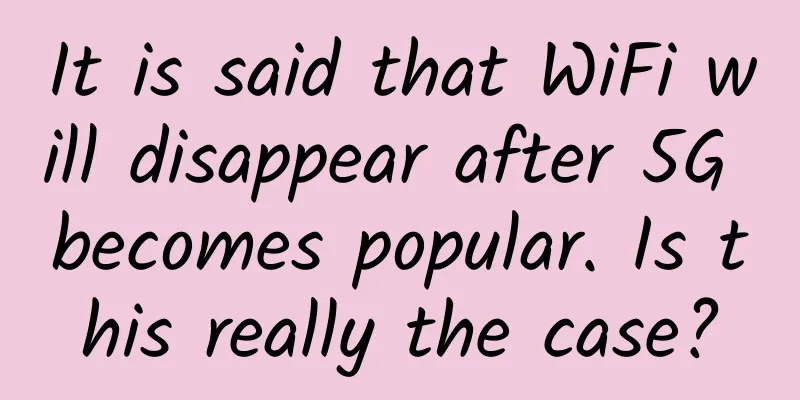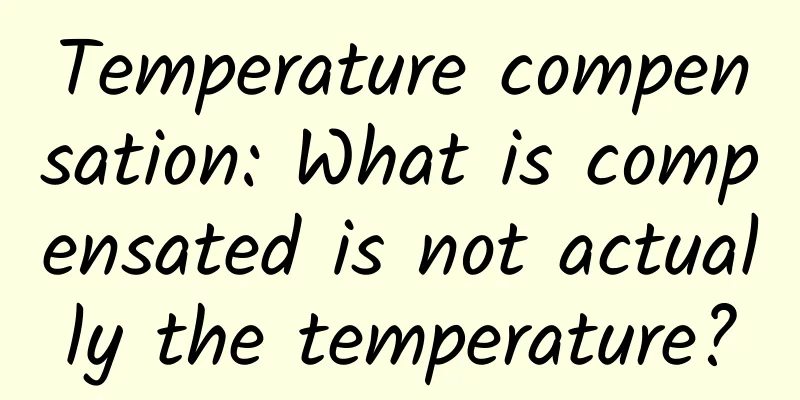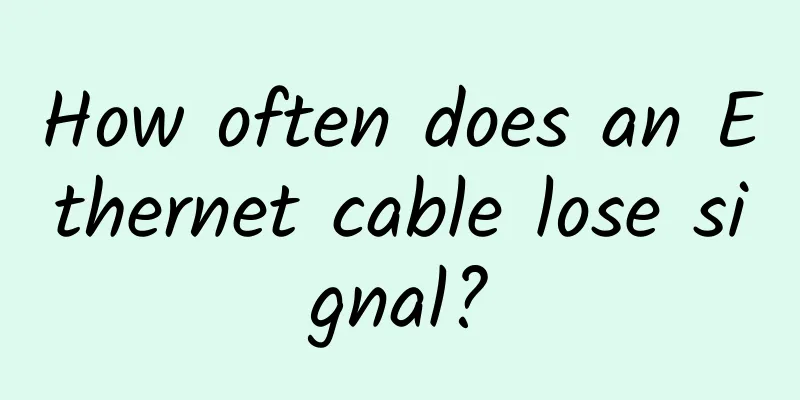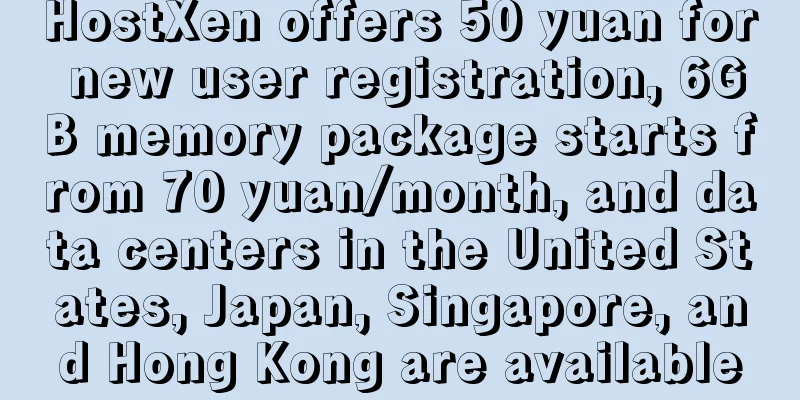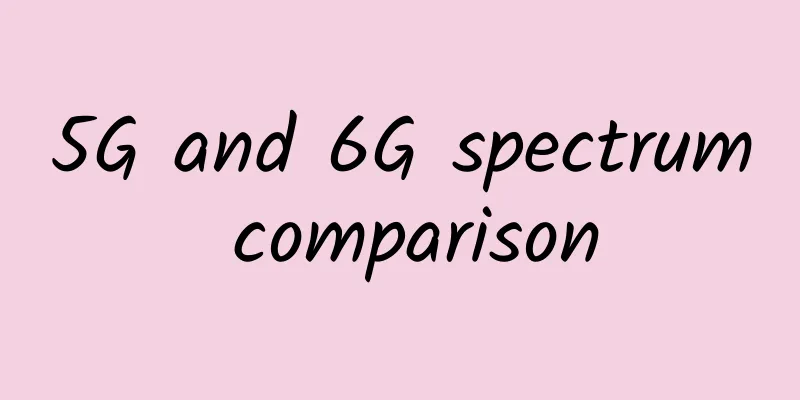Thoughts behind "Mobile Internet Users and All-Netcom Sales Both Exceed 700 Million"
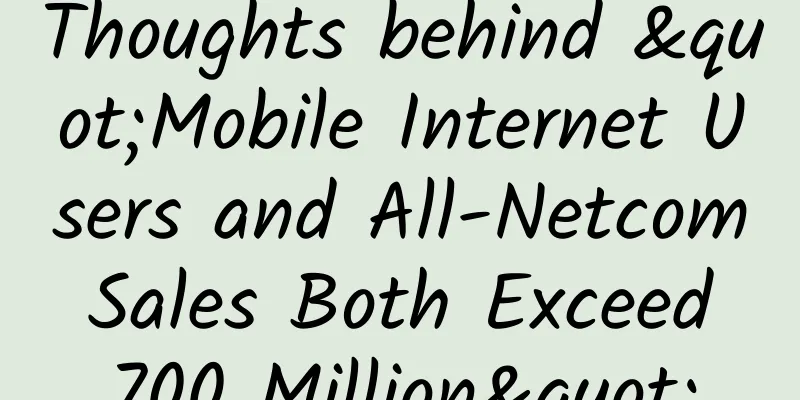
|
According to the latest report released by China Internet Network Information Center (CNNIC), as of December 2017, the number of Chinese Internet users reached 772 million, among which the proportion of mobile Internet users continued to rise, reaching 753 million, an increase of 57.34 million from the end of 2016, and the proportion of mobile Internet users in Internet users increased from 95.1% in 2016 to 97.5%. It can be seen that mobile Internet is subtly changing people's daily lives in the information age. At the same time, China Telecom also recently released the 2017 All-Netcom Terminal Big Data. Since the industry's dual-SIM six-mode All-Netcom mobile phones were sold, the cumulative sales have exceeded 700 million, accounting for nearly 80% of the industry's sales. User satisfaction with All-Netcom reached 81.8, and the net recommendation value was as high as 13.9%. The high-frequency words used by users to evaluate All-Netcom are "high acceptance", "good experience", and "good reputation". In less than three years, All-Netcom has become the absolute mainstream choice for consumers to buy mobile phones. The data that both the number of mobile Internet users and all-network sales have exceeded 700 million is the inevitable result of the booming development of mobile Internet, and is also a prelude to the future of "smart devices centered on mobile phones becoming the Internet of Everything." Nowadays, tens of thousands of apps such as mobile payment, online live broadcast, online games, online social networking, and online learning have made people's lives and entertainment more efficient and rich, and more complete all-netcom terminals have ensured a more stable and smoother network. All-netcom will fully hand over the right to choose operators and packages to consumers. First, it solves the problem of resource waste when changing cards and phones; at the same time, the dual-card 4G random switching feature can switch to whichever operator has a good signal, which can ensure the stability of the network signal; on the other hand, it solves the problem of users' traffic demand. As early as October 2017, my country's per capita monthly mobile network demand had exceeded 2GB, and people were in urgent need of more affordable traffic packages. In this case, operators launched their own unlimited traffic cards and joined hands with major Internet platforms to launch a series of cost-effective co-branded cards. The all-netcom standard of "one phone, two card slots, three networks, 4G random switching" naturally became the best partner.
Only by adapting to the development of the times can we keep up with the development of the times. 2018 is also the legendary first year of 5G Internet of Everything. It is understood that China Telecom will fully launch the upgraded version of All Netcom 3.0 in this year. We look forward to bringing more surprises to our 700 million or even more mobile Internet users in the future under the escort of All Netcom. |
>>: Appreciation of 21 foreign website 404 page designs
Recommend
my country's 5G construction and development have achieved remarkable results, and the 6G layout is about to start
At present, 5G, as a global emerging strategic in...
Lisa Host: Los Angeles CN2 GIA line VPS annual payment starts from 199 yuan, upgradeable native IP, optional IP segment
The last time I shared information about Lisa Hos...
Let’s talk about the brief history of world communications
This article is reprinted from the WeChat public ...
Among China Mobile, China Unicom and China Telecom, which 100M broadband is more reliable and cost-effective?
Currently, 100M fiber-optic access to homes has b...
Hundreds of millions of "5G users" have subscribed to packages but have not yet accessed the Internet
The penetration rates of 5G packages for China Te...
BGPTO: 50% off on Singapore dedicated servers, E3-1230v3/16GB/480G SSD/10M only 325 yuan
BGPTO is a foreign independent server sales site ...
In the post-epidemic era, AIOps unleashes new vitality in enterprise operation and maintenance
[51CTO.com original article] 2020 is destined to ...
Can you tell me about Zookeeper's ZAB protocol? Sorry, I have a stomachache!
This article is reproduced from the WeChat public...
China's 6G network will be commercially available in 2030 to help realize the "intelligent connection of all things"
On June 6, the IMT-2030 (6G) Promotion Group offi...
Pan-Sahara fiber optic backbone network receives RMB 320 million in financing from AfDB
[[179783]] The African Development Bank has recen...
Global 5G patent rankings: Huawei ranks first, ZTE and OPPO perform well
5G technology has been around for more than four ...
Why is the 400-MHz spectrum ideal for critical communications?
The 400 MHz spectrum, with its long range, excell...
From HTTP to HTTPS, it turns out to be so simple
[[354426]] 【51CTO.com original article】 HTTP Begi...
Detailed explanation of several wireless transmission modes!
1. Access Point (AP) In this mode, the wireless n...
